0203 193 8888
0203 193 8888
Flat roofs, often found on modern homes, commercial buildings, and extensions, present unique opportunities and challenges for solar installations. Their expansive, obstruction-free surface is ideal for harnessing solar energy. However, homeowners and businesses often wonder about the viability and practicality of such installations. Unlike pitched roofs, which have a natural angle optimised for solar capture in certain regions, flat roofs require specific considerations in terms of mounting and orientation to maximise sun exposure. The good news is, with advancements in solar technology and mounting systems, installing solar panels on flat roofs has become increasingly streamlined. The process now ensures efficient energy capture without compromising the structural integrity of the building. Thus, while flat roofs might differ in their approach to solar installations, they are by no means an impediment and can be a valuable asset in the pursuit of renewable energy.
There are two main places for solar panel installation - on the roof or they can be installed on the ground. When looking to get Solar Panels on the roof there are a lot of variables to weigh up to understand whether it is the best option for yourself. One of these variables is whether you have a flat or pitched roof.
Certainly, solar panels can be installed on a flat roof, but there are some considerations to keep in mind. Flat roofs offer a viable space for solar panel installation, making it an attractive option for those who may not have ample yard space or prefer a discreet placement. However, the angle of the panels becomes crucial on a flat surface, as they must be tilted to optimally capture sunlight. This typically involves adding racking or mounting systems to ensure the panels are angled towards the sun. Additionally, it's essential to assess the structural integrity of the flat roof to support the added weight of solar panels and to address any potential issues with waterproofing to prevent leaks. Proper planning and consultation with a solar installation professional are vital to ensure the successful installation of solar panels on a flat roof.
Moreover, the orientation and shading of the flat roof also impact the efficiency of solar panels. A flat roof with unobstructed access to sunlight throughout the day will yield better results. Regular maintenance and cleaning of the panels are essential to keep them functioning optimally. With the right preparations and maintenance, installing solar panels is worth it. Helping to provide a practical and environmentally friendly way to harness solar energy and reduce electricity bills.
Get In Touch 0203 193 8888
0203 193 8888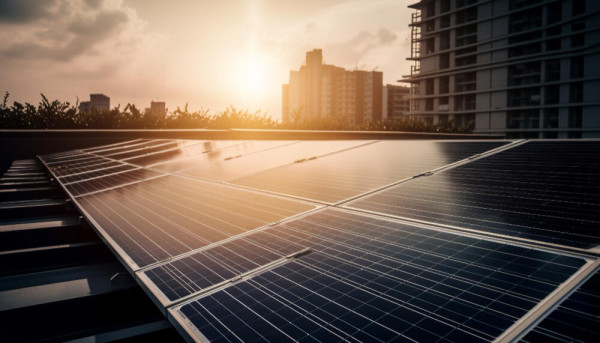
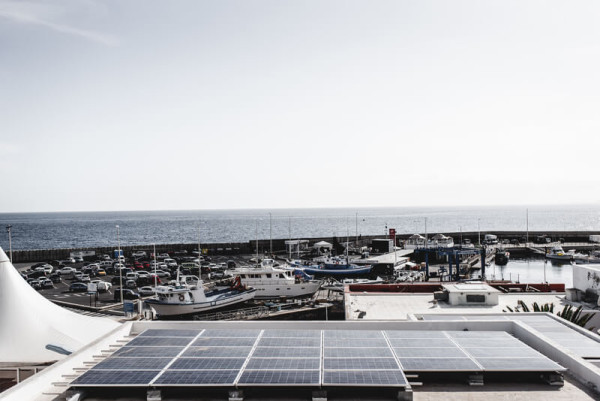
Flat roofs offer a plethora of advantages when it comes to solar installations. Firstly, the expansive, uninterrupted surface means you can potentially fit more panels, leading to increased energy production. Furthermore, without the constraints of a sloped surface, panels can be oriented in an optimal direction, typically south-facing in the UK, ensuring maximum sun exposure. This flexibility is especially beneficial in areas where the natural roof orientation might not be ideal. Additionally, maintenance can be more straightforward; the flat surface often allows for easier access and cleaning.
However, there are challenges to consider. Water pooling can be an issue on flat roofs, potentially affecting the longevity of both the roof and the panels if not properly managed. Ensuring adequate drainage is paramount. The lack of natural slope also means special mounting systems are needed to angle the panels correctly, potentially adding to the cost. Lastly, flat roofs may have weight-bearing limits, so it's essential to ensure the roof can support the additional load of the panels and mounting equipment.
Get In Touch 0203 193 8888
0203 193 8888Take the first step towards clean, sustainable energy and request a quote today.
Get In Touch 0203 193 8888
0203 193 8888The fundamental principles governing solar panels on flat roofs remain consistent with other installations: photovoltaic cells within the panels convert sunlight into electricity. However, specific considerations come into play with flat roofs. Mounting systems are crucial. Since flat roofs lack the natural inclination of pitched ones, panels must be mounted at an angle to maximise exposure to sunlight. This is achieved using racking systems, which allow panels to be tilted at the ideal angle.
The choice of mounting and the tilt angle are influenced by geographical location, local climate, and potential shading from surrounding structures. Once the panels capture sunlight and generate electricity, the direct current (DC) is converted to the alternating current (AC) by inverters, making it usable for household appliances. Any excess electricity can be fed back into the grid or stored in home battery systems, depending on the specific setup. With the right considerations and installation expertise, flat roof solar systems can operate with high efficiency, often rivalling their pitched roof counterparts.
Get In Touch 0203 193 8888
0203 193 8888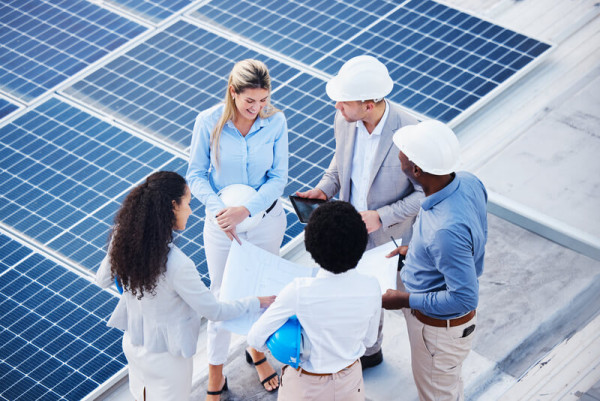
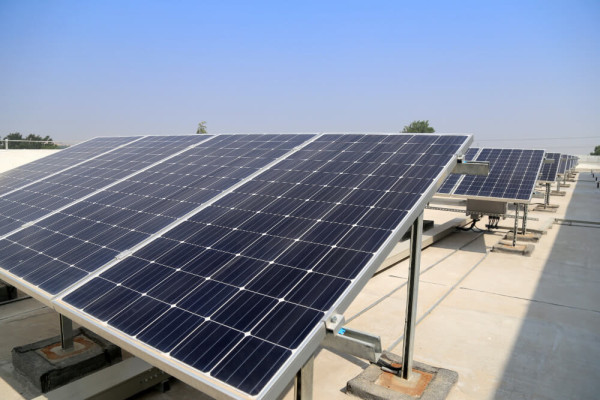
Flat roofs necessitate specialised mounting systems to ensure solar panels are both secure and positioned at an angle conducive to maximum solar absorption. There are primarily three types of mounting systems tailored for flat roofs:
The choice of mounting system depends largely on the roof's structure, material, and weight-bearing capacity, alongside budgetary considerations.
Get In Touch 0203 193 8888
0203 193 8888
Our membership with HIES means your money is covered by a bona fide insurance-backed guarantee from point of sale to two post-installation.

We only use tried and tested suppliers, so you know your investment is protected for years to come.

Our commitment to you is that we will only use the right people for the job. So you have peace of mind knowing that our tradespeople are some of the best.
The material of a flat roof can significantly influence the feasibility and longevity of a solar installation. Here are a few common flat roofing materials:
Ultimately, while many flat roofing materials can support solar panels, it's essential to work with professionals to assess which is most suited to individual needs and local climate conditions.
Get In Touch 0203 193 8888
0203 193 8888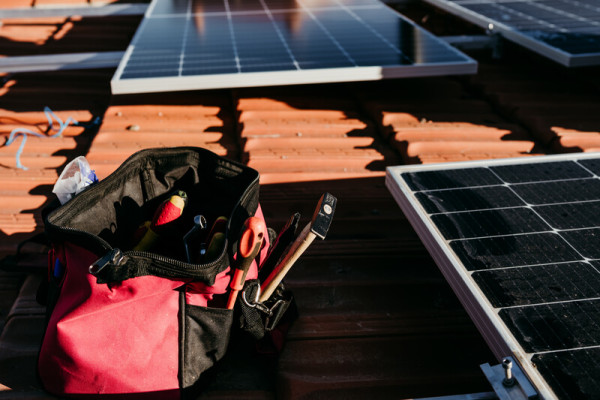
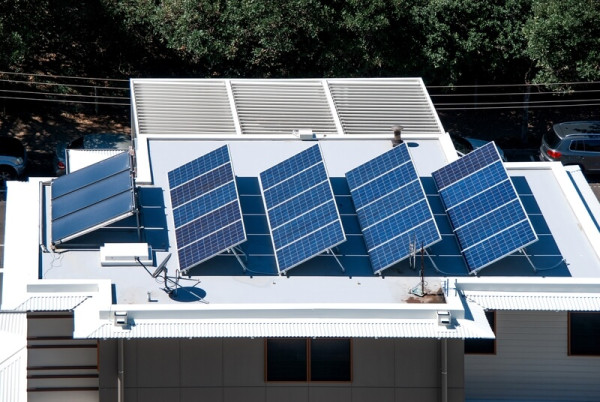
The angle at which solar panels are tilted can have a profound impact on their efficiency and energy output. For flat roofs, especially, determining the correct tilt is vital to maximise the sunlight captured. In the UK, the general rule of thumb is to set panels at an angle between 30° to 40°. This inclination tends to optimise sunlight absorption, especially during winter months when the sun is lower in the sky.
Several factors can influence this ideal angle, including:
Regular reviews and possible adjustments can ensure your solar panels continue operating at peak efficiency throughout the year.
Get In Touch 0203 193 8888
0203 193 8888* Based on Current Energy Pricing

1 - 2
bedrooms
3 - 4
bedrooms
5+
bedroomsSavings without Battery
Yearly Bill Saving
£-
SEG Payment
£-
Total
£-
Savings with Battery
Yearly Bill Saving
£-
SEG Payment
£-
Total
£-
With the large amount of work that may need to take place to get Solar Panels correctly installed on your home it is important to understand if permission is needed to install panels.
In the UK, solar panel installations generally benefit from 'permitted development rights', which often exempt them from needing specific planning permission. However, there are caveats to this rule, especially when it comes to flat roofs:
While these guidelines offer a general overview, homeowners are always advised to check with their local council or a professional before proceeding with the installation. Proactive communication can prevent potential issues and ensure a smoother installation process.
Get In Touch 0203 193 8888
0203 193 8888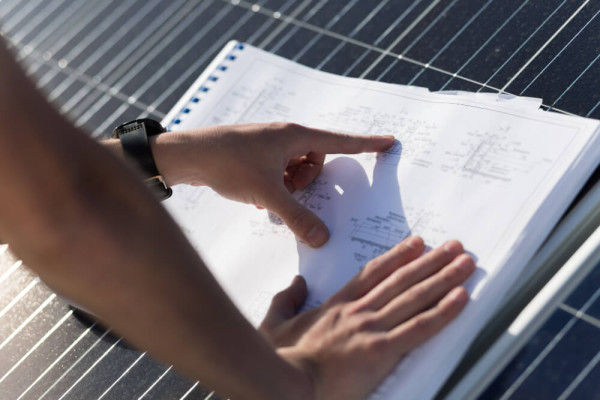
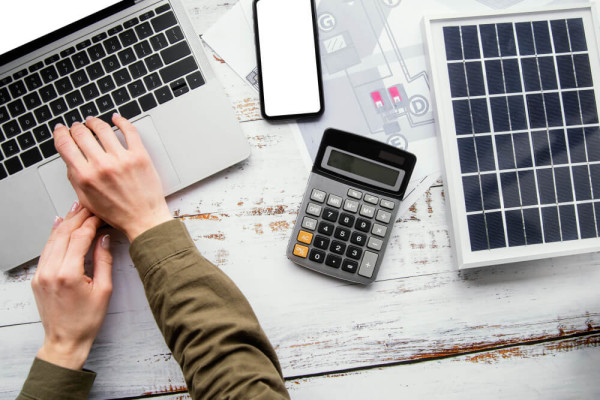
The cost of installing solar panels on a flat roof can vary significantly based on several factors. Firstly, the size of the system - a larger array with more panels will naturally be more expensive. The type of mounting system chosen, be it ballasted, mechanically attached, or hybrid, can also influence costs. Furthermore, the specific roofing material and any potential need for reinforcements or modifications can add to expenses. In the UK, as a rough estimate, homeowners might expect to pay between £4,000 to £8,000 for a standard domestic solar PV system. However, it's always recommended to obtain several quotes and consider factors like warranties, the reputation of the installer, and potential financial benefits when evaluating the overall cost.
Get In Touch 0203 193 8888
0203 193 8888